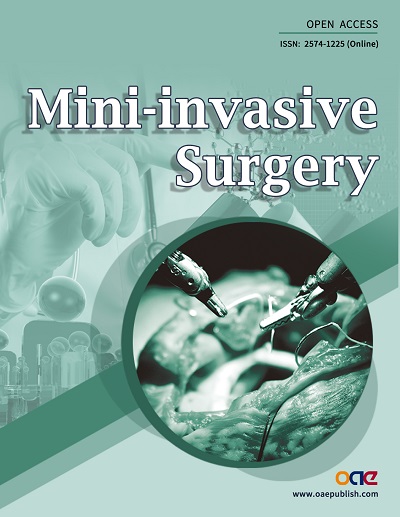fig2

Figure 2. (A) Analysis of assessment of the abdominal walls of a patient with computed tomography (CT) at rest and during the Valsalva maneuver (CTAV) in two herniated patient cases (left and right picture group). The panel shows the shift and the distortion in red shades. The area of greatest movement is shown in bright red, fading with the amount of movement. (B) CT scans of the abdomen during the Valsalva maneuver of non-herniated patients. Right: a female patient with a weight gain of 30 kg presented with mild pain two years after reconstruction with a slight distension on the left-hand side and a circumscript detection of protrusion on the right-hand side by analysis with artificial intelligence (right middle picture) with a shift of the ventral abdominal wall of maximally 16 mm (far right picture) Left: a male patient with a weight gain of 25 kg presenting with pain after playing soccer two years after the reconstruction (L-shaped incision for liver transplantation) with a bulge in the right lateral extension of the L-shaped incision without a reherniation (far left picture) and a shift of the ventral abdominal wall of 41 mm as a maximum (left middle picture).







